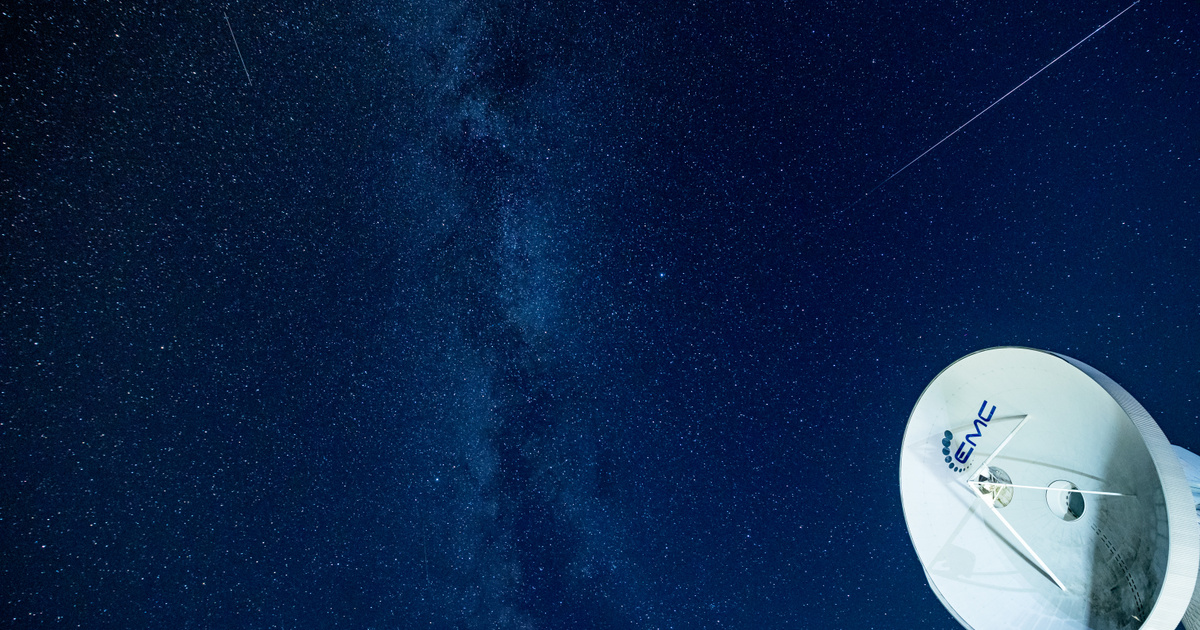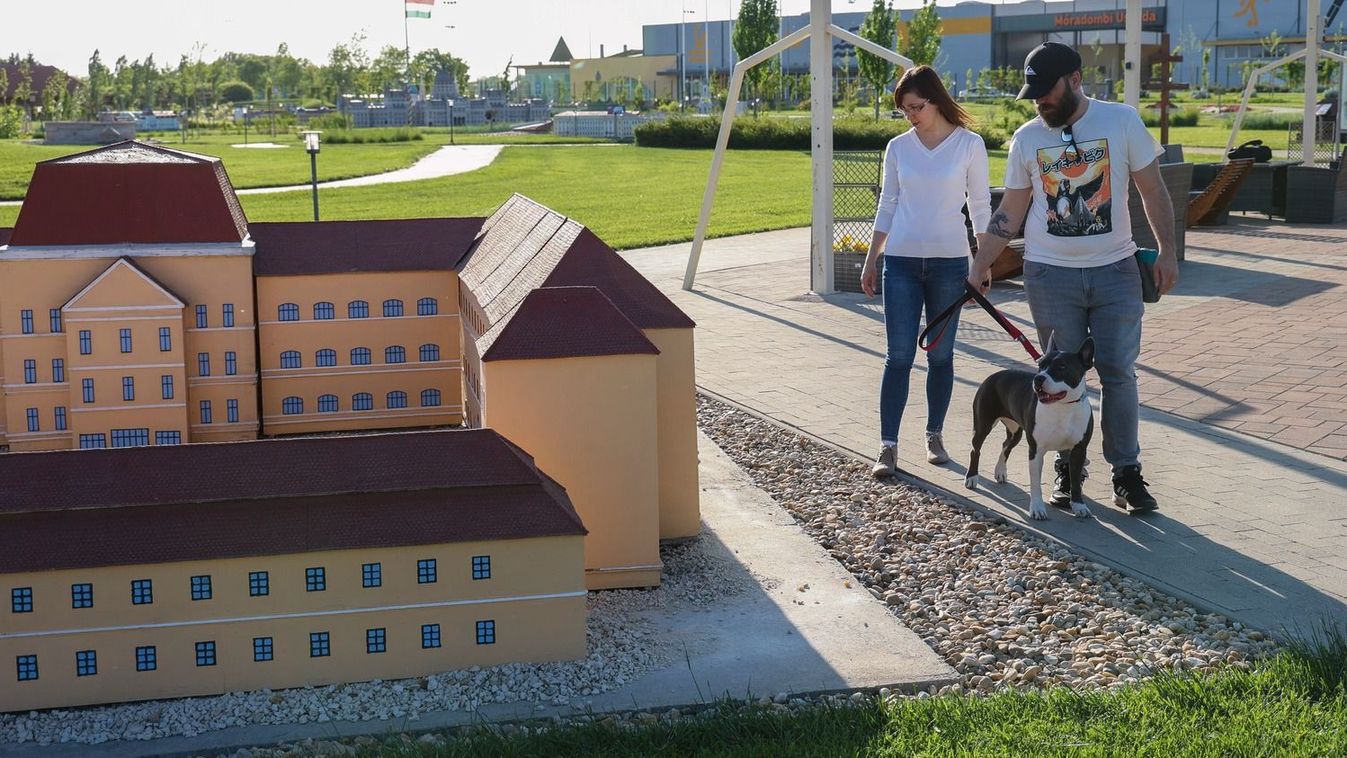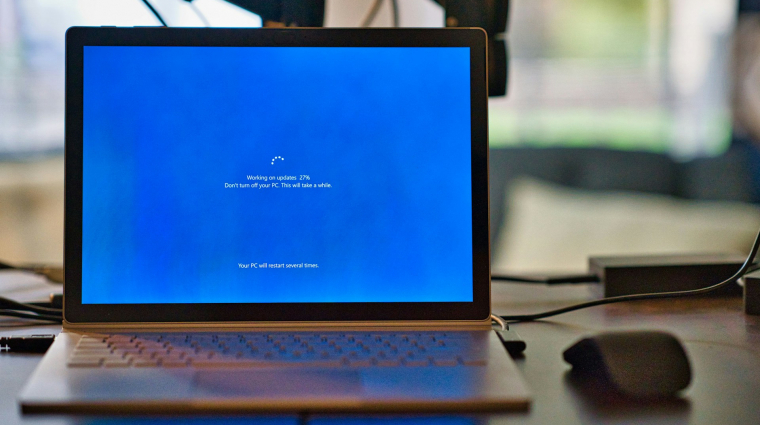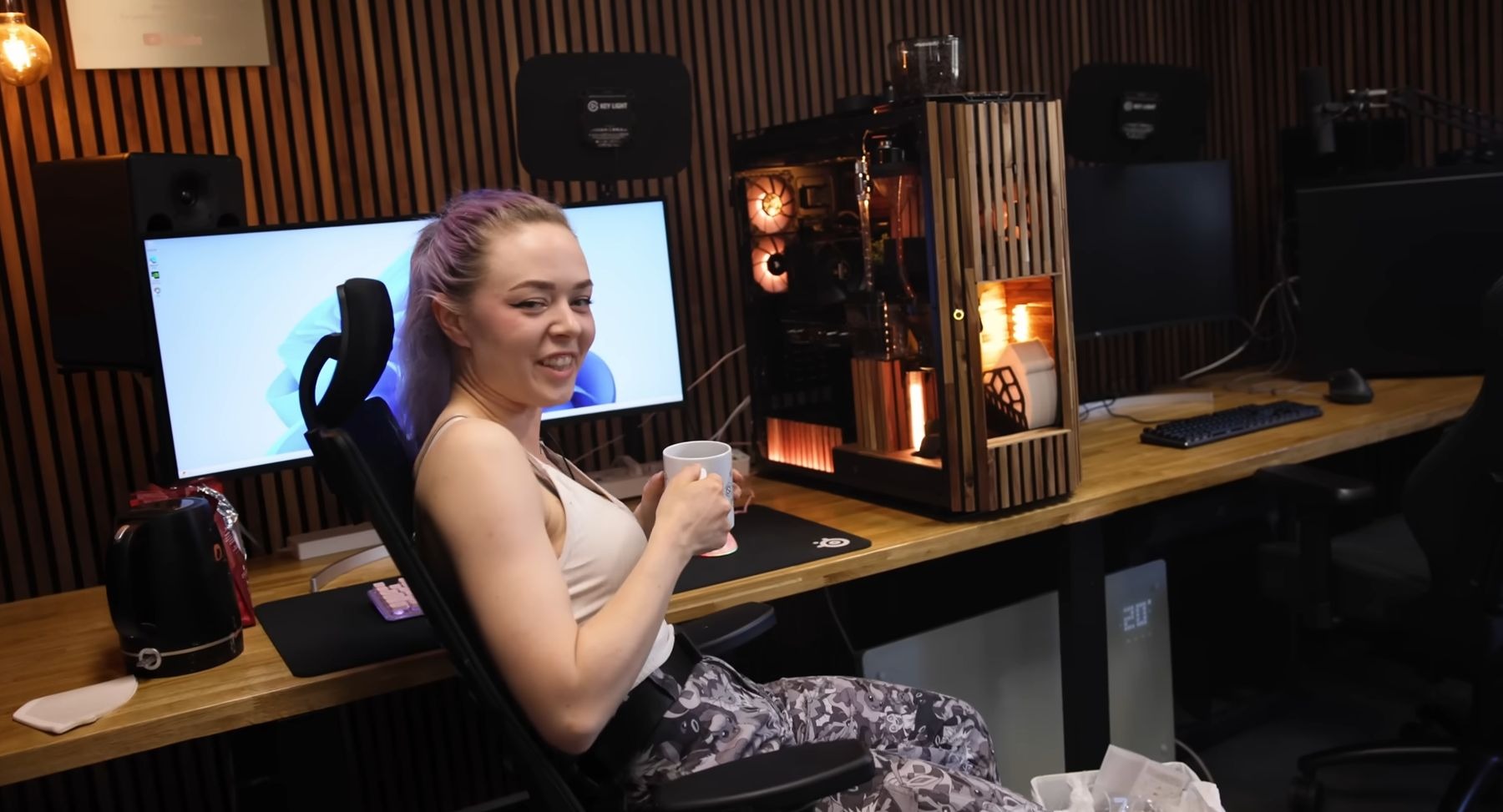On Tuesday, August 1, the Quantum Science Laboratory’s second significant hardware development began its journey to the International Space Station aboard the Cygnus resupply spacecraft. The laboratory, about the size of a smaller refrigerator, is sometimes called the coldest place in the known universe because of its ability to cool atoms to almost absolute zero (273.15 degrees Celsius). For this very reason, the device is called the Cold Atom Lab (CAL), or Cold Atom Laboratory in Hungary.
cold corn factory
Dozens of scientists on Earth could use this device to conduct experiments to study quantum science, the fundamental behavior of the atoms and particles that make up the world around us.
Quantum science has led to the development of everyday technologies such as lasers, transistors (a key component of smartphones and computers), GPS satellites, and medical devices. In the future, it could contribute to the development of astronautics and communications, among other things

CAL, installed in 2018, was the first facility of its kind on the International Space Station. Although it does not require astronauts for its daily operations, the crew has undergone an extensive learning process in order to be able to carry out planned experiments on Earth in the station’s weightless environment. A member of the International Space Station crew is expected to install the new device, which is called the Quantum Monitor Module.
“Experiments in the Cold Atom Lab will one day allow us to measure gravity with unprecedented precision, an incredibly valuable tool in space.” – said Jason Williams, a scientist working on the Cold Atom Lab project at JPL.
One of the main ways to determine the density distribution of a planet or moon is to measure changes in gravity at the surface, so that scientists can study the composition of different worlds from orbit. Another application of this technology is to follow the movement of water on Earth, which also affects the change in our planet’s gravity. By measuring gravity, scientists can also more accurately measure the acceleration of spacecraft, which can be used for the accuracy of astronautics.
In addition, quantum sensors can be used on space missions to study cosmic mysteries such as dark matter and dark energy. Dark matter is thought to hold matter together in the universe, while dark energy is a more mysterious phenomenon that is causing the universe to expand at an accelerated rate.

Examination of atoms
Atoms and particles are the building blocks of all known matter in the universe, but they don’t always behave like the larger bodies that make them up. Its quantum state means it can oscillate between behaving as a solid and as a wave, so it sometimes appears to be in two places at once. Thanks to a phenomenon called quantum tunneling, they can pass through physical obstacles instantly.
The Cold Atom Lab facilitates the study of the quantum behavior of atoms. One way to do this is to cool the atoms down to the lowest temperature achievable with matter, even below absolute zero. This makes the atoms move more slowly, making them easier to examine. Moreover, some atoms can form Bose-Einstein condensates together at this temperature. It is a thin gaseous substance composed of bosons, which assumes a state in which its typical microscopic quantum behavior can also be observed on a macroscopic scale.
Scientists have been experimenting with cold atoms on Earth for decades, but the atoms tested in vacuum chambers fall quickly due to gravity. Inside the Cold Atom Lab, atoms float weightless for longer periods of time, giving scientists more time to manipulate them and study their behavior and evolution. Researchers can also shape the supercold atoms into bubbles and other unique shapes that are impossible to perceive on Earth. In this way, it is possible to observe how different shapes affect the behavior of quantum materials.
By upgrading the Cold Atom Lab, they can produce two or even three times more atoms inside the equipment per experiment. With more atoms, scientists can collect more data and expand experiments. This allows them to get a more accurate picture of the behavior of atoms, including their physical dynamics as they evolve and interact with each other. And because atomic clouds (the electric field around atoms) naturally cool as they expand. More atoms also means that atoms can reach cooler temperatures before they completely disintegrate.
























![Fera: The Sundered Tribes will also be released on consoles [VIDEO]](https://thegeek.hu/wp-content/uploads/sites/2/2024/05/thegeek-Fera-The-Sundered-Tribes-1.jpg)
















